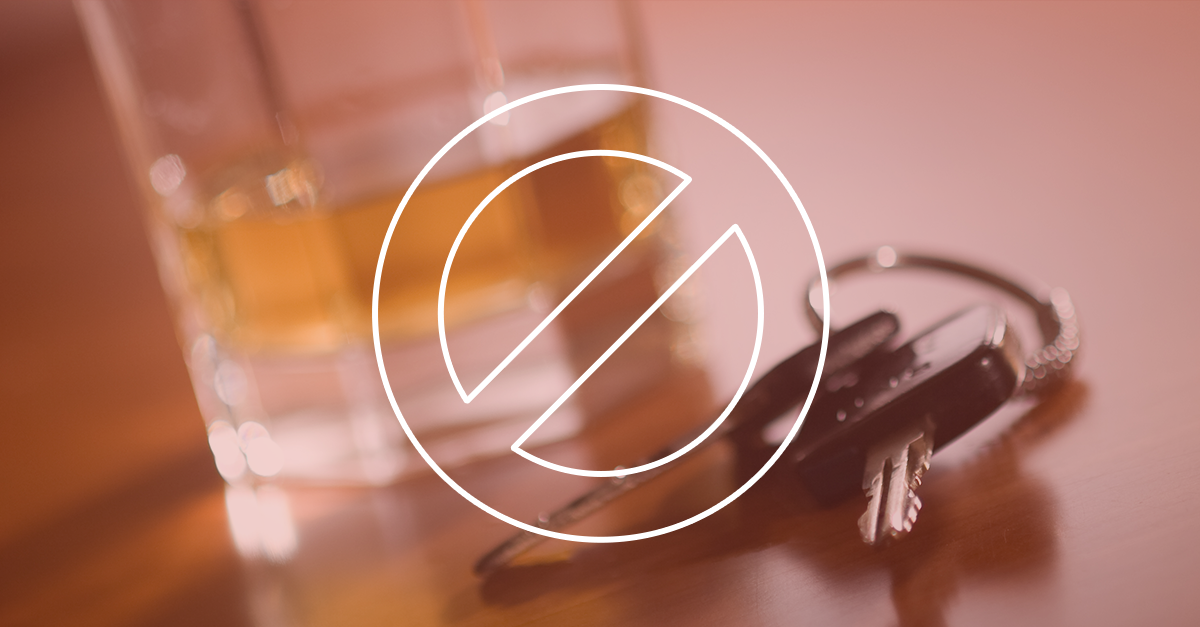Heading the Wrong Way with 'Wrong-Way' Driving
Heading the Wrong Way with 'Wrong-Way' Driving

Fatal wrong-way driving crashes on our nation's highways are a persistent threat that is only getting worse. According to the latest data analysis from the AAA Foundation for Traffic Safety, there were 2,008 deaths from wrong-way driving crashes on divided highways between 2015 and 2018, an average of approximately 500 deaths a year. That is up 34% from the 375 deaths annually from 2010 to 2014.
Researchers examined eight factors related to these types of crashes, finding that the odds of being a wrong-way driver increased with:
- Alcohol-impairment
- Older age
- Driving without a passenger
AAA works with the National Transportation Safety Board (NTSB) and other traffic safety organizations to educate drivers on the deadly impact of wrong-way driving. AAA and the NTSB are urging state transportation agencies to adopt driver-based countermeasures that address these factors, driver refresher courses for older adults, and the installation of more visible signs and signals.
Alcohol Impairment
Six in ten wrong-way crashes involved an alcohol-impaired driver. Those with blood alcohol concentrations over the legal limit of 0.08 g/dl (grams per deciliter) were significantly more likely to be wrong-way drivers than non-alcohol-impaired drivers involved in the same crash.
Older Driver
The data also shows that drivers over age 70 are more at risk of wrong-way driving than their younger counterparts. Previous Foundation research from the AAA Longitudinal Research on Aging Drivers (LongROAD) project found that older drivers aged 75-79 spent less time on the road and drove fewer miles per trip than younger age groups. And yet, this same age group is over-represented in wrong-way crashes.
Passenger Present
A passenger's presence may offer some protection against being a wrong-way driver, as nearly 87% of wrong-way drivers were alone. Passengers may alert drivers that they are entering a one-way road, preventing them from entering the highway in the wrong direction, or alerting them to their error, helping the driver take corrective action before a crash occurs.
How to make a U-Turn on the Rising Wrong-Way Crashes Trend
In addition to alcohol ignition interlock devices—a device that prevents a vehicle from starting until the driver provides a breath sample—and high-visibility enforcement, AAA and the NTSB want state policymakers to consider widely used effective infrastructure countermeasures, such as installing more-visible traffic signs and signals that follow national standards and at proper locations.
Because older drivers are over-represented in wrong-way collisions, AAA and the NTSB also urge states to change their laws to help identify medically at-risk drivers, both physically and cognitively, to keep everyone safely driving as long as possible.
AAA and the NTSB remind drivers to use common sense before getting behind the wheel.
- If you are driving, don't drink. If you are drinking, don’t drive. If you consume marijuana or alcohol or use potentially impairing prescription medications, then don't drive. And if you're going to drive, then don't consume these substances.
- Stay alert. Stop driving if you become sleepy because you could fall asleep at any time. Fatigue impacts reaction time and judgment, causing people who are very tired to behave in similar ways to those who are drunk.
Learn about our tips, programs, and resources to practice road safety!












